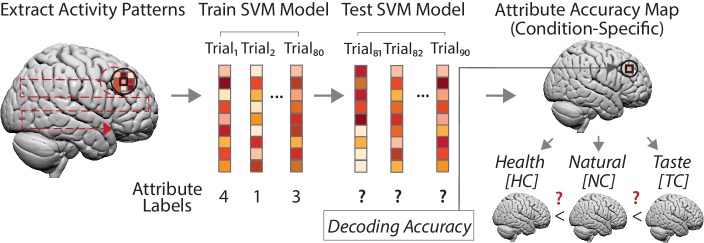Figure 4. Goal-dependent coding of attribute values (left to right).
For each participant, we created a spherical searchlight (left panel, black sphere) and extracted multi-voxel response patterns for every trial of a choice task (middle panel). Next, we trained a support vector machine (SVM) regression model with data of 8 runs (80 trials), using neural response patterns as features and trial-wise attribute values as labels (e.g. a food’s perceived tastiness). Test data consisted of data of the ninth run (10 trials) for which we predicted the trial-wise attribute values solely based on neural response patterns of these trials. The decoding accuracy (average of 9-fold cross-validation) was assigned to the central voxel of the sphere from which we extracted the neural data (right upper panel). This procedure was repeated for every measured voxel (left panel, dotted red line), yielding a whole brain accuracy map for an attribute, separately for each task condition and participant. Finally, at the group level (lower right panel), we used these whole-brain accuracy maps to test for brain regions where predictive information on an attribute was increased/decreased depending on the task condition, based on predictions of the behavioral computational model (DDM). (Note that condition-specific accuracy maps also allowed testing for main effects of neural encoding of an attribute (i.e. encodes attribute values), irrespective of whether one or several conditions drive the effect.).

